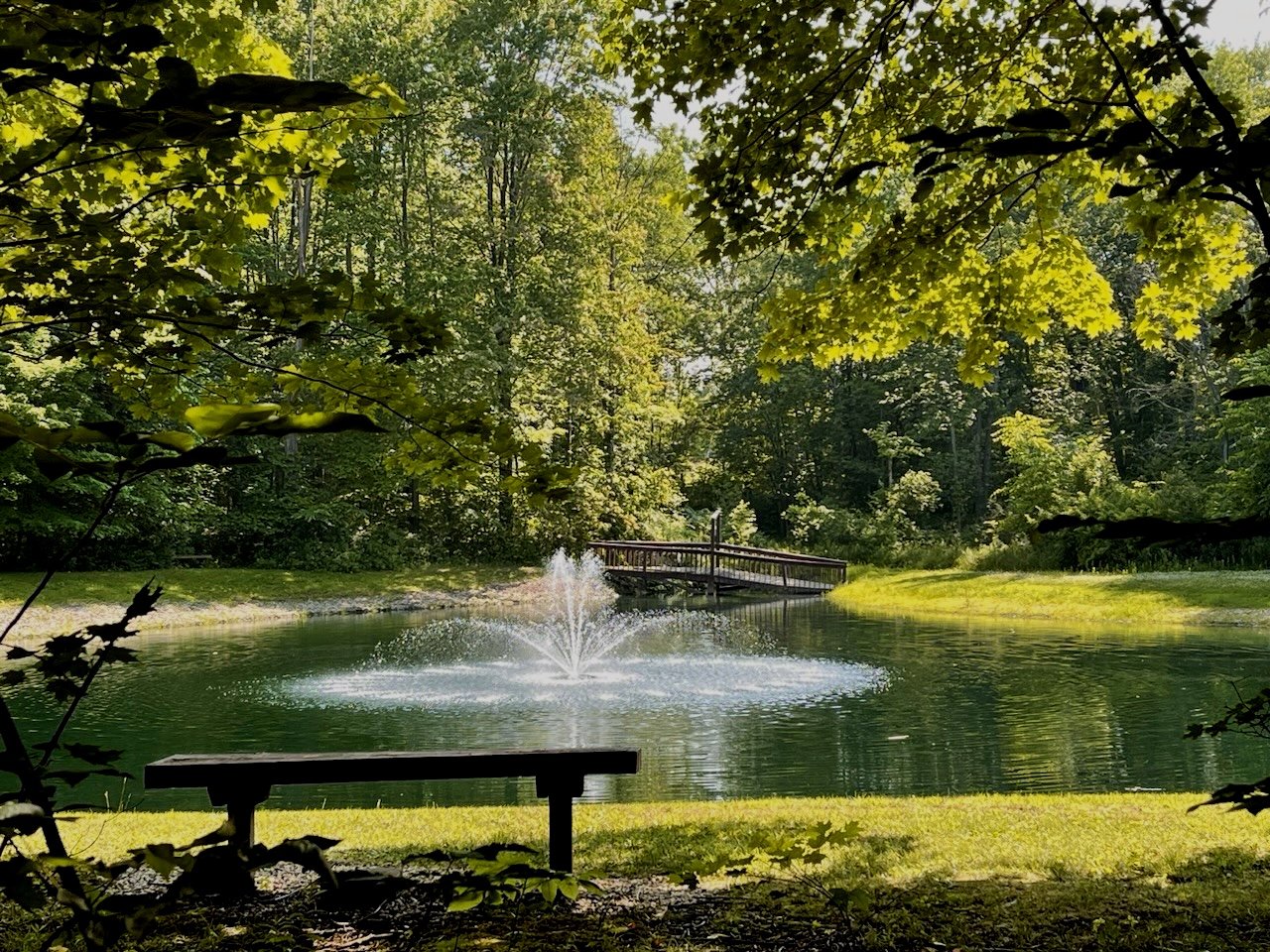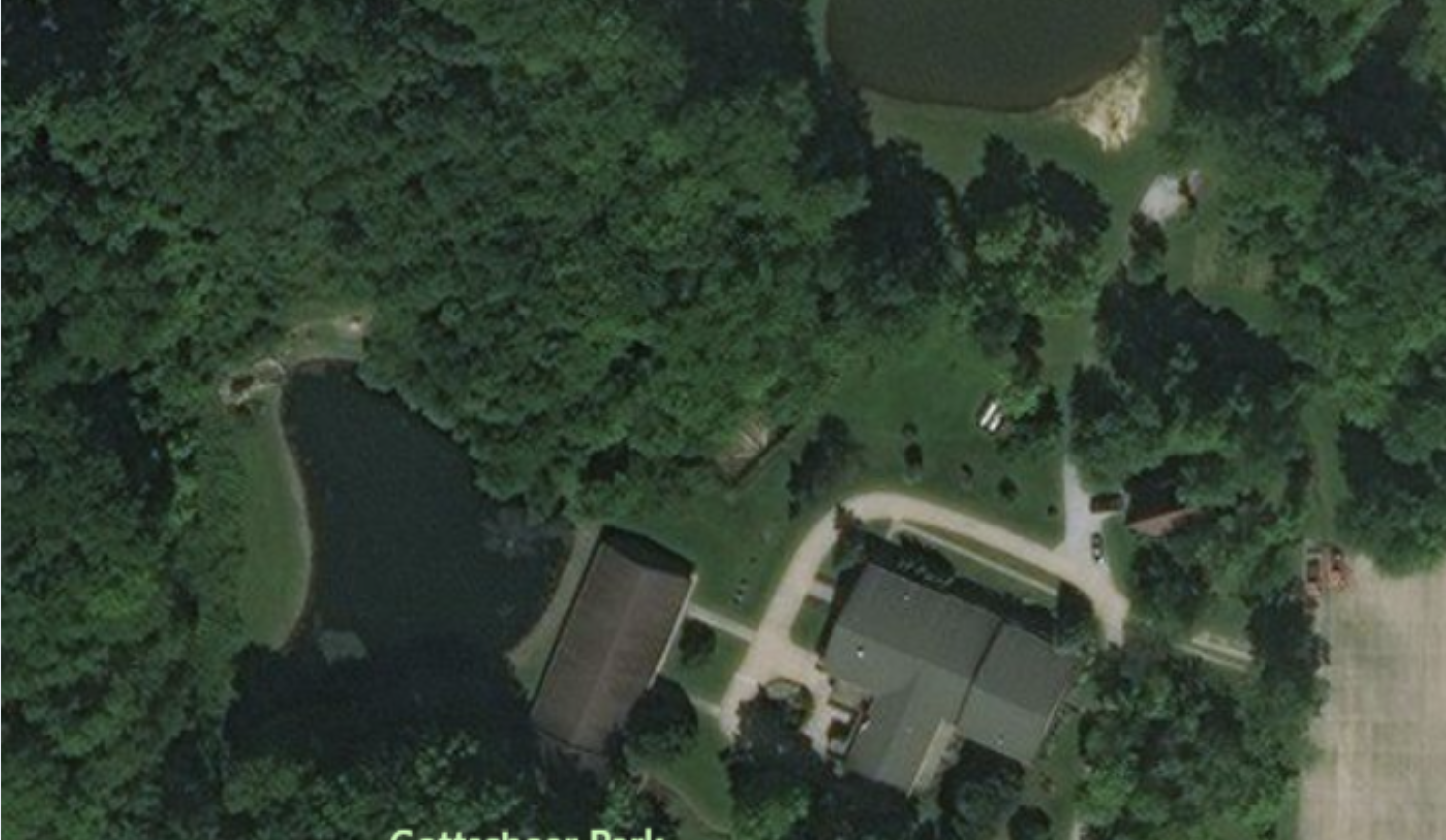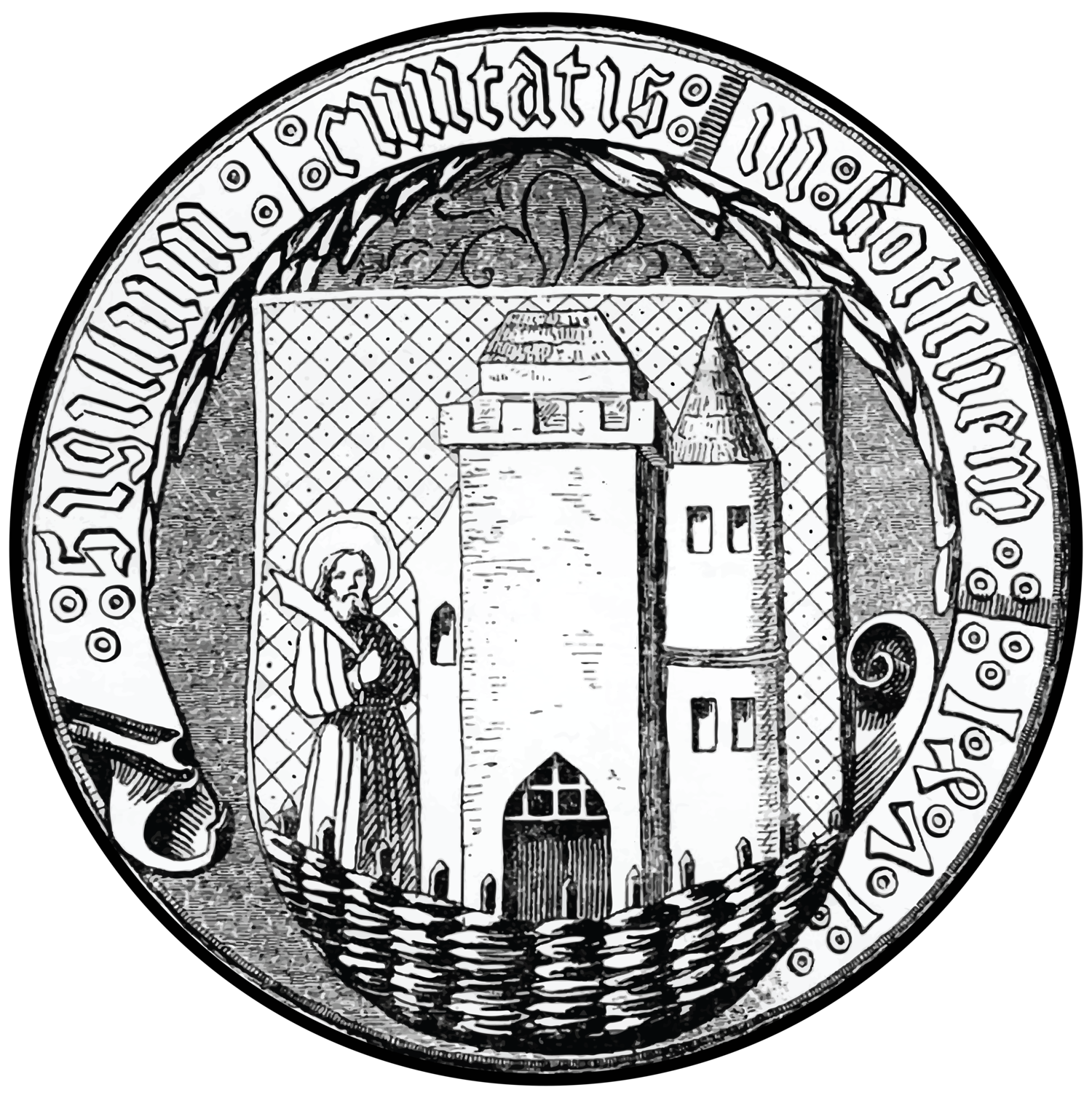
135 years old and as Vibrant as ever!
Our History
Josef Kump, E.O.U.V.
The E.O.U.V. is Established
In the late nineteenth century, many people from Gottschee immigrated to North America, and many of these people settled in the Cleveland area. Of these, numerous Gottscheers found employment in labor intensive industries. Since there were no social security benefits or labor unions back then, they decided to provide aid to one another. At a Gottscheer wedding at the Perz Hall on East 79th Street near Woodland Avenue, some of the Gottscheer men discussed forming a mutual aid group. The group was called The First Austrian Mutual Aid Society, or Erster Österreichischer Unterstützungs Verein. The first president was Josef Kump. The group met every second Sunday of the month; the first meeting consisted of seventeen men.
Initially, the meetings were held in members' homes, in the neighborhood of East 38th Street between Superior and St. Clair Avenues. Later, as membership grew, the meetings moved to a more accommodating place: the Eastside Sachsenheim, home of the Transylvania Saxons, at 1300 E. 55th St. near St. Clair. Eventually, in 1928, they bought an old church at 5701 White Avenue. The members of this group were known as the Lakers.
Rudolf Kump, D.O.U.V.
D.O.U.V.
Another group of people from Gottschee who lived in the area of East 73rd Street and Woodland Avenue, which was also an industrial area, founded their own aid society in 1902, because of very limited transportation to meetings with the EOUV Club on St. Clair. This group called itself the German-Austrian Mutual Aid Society, or Deutsche Österreichischer Unterstützungs Verein (D.O.U.V.). This club's first president was Rudolf Kump. In 1943, the DOUV acquired a building at 11306 Buckeye Road, and from this time generally became known as the Woodlanders.
Two Become One
Over the years, the two clubs co-existed in friendship and harmony. After the end of World War II, in March of 1946, the members of the two clubs worked together to form the Gottscheer Relief Committee. The purpose of this committee was to help people of Gottschee who found themselves in need. Money was collected through fund-raising to buy clothing and food, which was sent to help relatives, friends, and former countrymen scattered throughout Europe. Because of the close effort, the two clubs - EOUV, led by Henry Stampfl, and DOUV, led by Fred Mausser, joined together to form one Gottscheer club in 1955. The combined lodge continued to operate as the EOUV, with Henry Stampfl as its president.
Combined membership from the two clubs, along with the influx of Gottscheer immigrants from Europe in the 1950's, made it necessary to seek a larger building. In 1957, a building was purchased on Shaw Avenue with the intention of enlarging it with a club hall. The addition was completed in 1959, and the first meeting was held on February 16, 1959.
The new immigrants brought with them a rebirth in cultural values and activities, such as singing, music, dance, theater and sport. One of these new immigrants, George Skieber, led the club for the next 20 years.
The life of the club bloomed for many years. However, in the 1970's, the participation of the members declined noticeably, because many of the members had moved from the city of Cleveland to its suburbs.

Gottscheer Park
A Rejuvenation
During the tenure of Josef Ruppe, a large parcel of land was purchased in Russell Township, an eastern suburb, consisting of 59 acres and various buildings. At that time, the clubhouse on Shaw was sold. With numerous possibilities for expansion on this large area of land, the plans for a new clubhouse were vigorously debated. Finally, extensive plans were made to assure the financial feasibility of the project, with the largest portion of the financing to come from club members.
In September 1982, during the presidency of John Brinskelle, construction began.
On August 14, 1983, the clubhouse was formally opened. During the ensuing years, a soccer field, a caretaker's house and a pavilion were also completed.
The voluntary labor and financial donations of many club members brought this enormous work to completion. The membership and participation in club life grew noticeably due to a new awareness of cooperation and mutually shared traditions. This vibrant club community grew under the dynamic 30-year leadership of Joseph Sieder, and continues today.


